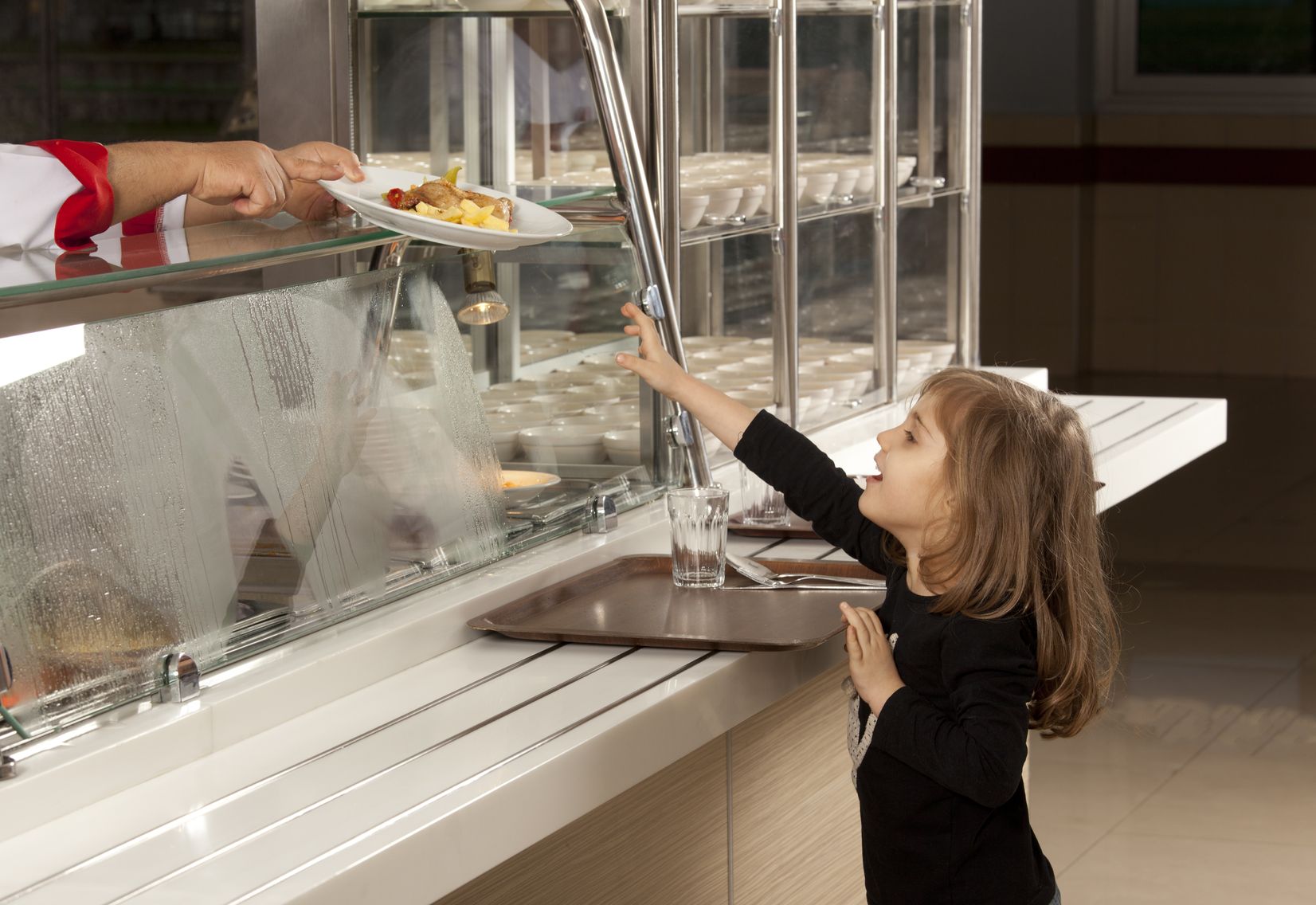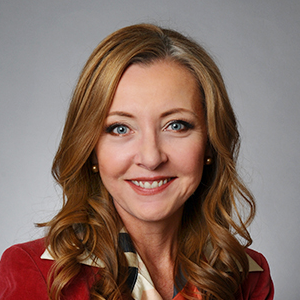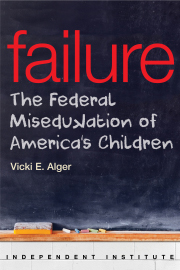A recent study from the Southern Education Foundation finds that half of all public school students now live in poverty and is fueling calls for more spending. Yet a candid review shows that pricey federal programs are sorely impoverished in terms of results.
Reading, math, and science scores for American 17-year-olds have remained essentially flat since 1970, but since then the cost of public K-12 schooling for those students has increased 200 percent in real terms, from $55,000 to $165,000 each, according to analyses by the Cato Institute’s Andrew Coulson.
There’s also little reason to believe more money for federal anti-poverty programs will achieve better results.
The SEF uses eligibility for the federal free and reduced-price lunch program (FRL), part of the National School Lunch Program, as its poverty yardstick. Students qualifying for free meals come from families at 130 percent of the poverty level ($30,615 for a family of four), while students eligible for reduced-price meals come from families at 185 percent of the poverty level ($43,568 for a family of four).
Based on those FRL criteria the SEF finds that half of public school children nationwide are impoverished, ranging from 37 percent of students in the West to 53 percent of students in the South.
Compared to Census Bureau poverty data, those rates are way out of whack. Nationwide 36 percent of American families with school-age children are low-income, and regionally FRL program poverty rates are 12 to 14 percentage points higher than the Census poverty rates.
A leading reason for these inflated figures is that the federal meal program is bloated with fraud. Recent examples include Philadelphia, New Jersey, and Chicago, where hundreds of school officials falsified their income to get “free” lunches for their children. Lying about family income is rampant, and income verification is minimal at best.
The percentage of school children receiving free and reduced-price meals has also increased nearly five-fold from 15 percent in 1969 to more than 68 percent in 2012, according to the USDA’s Food and Nutrition Service. Yet over the same period the percentages of families with school age children living below the poverty level grew from 11 percent to 18 percent, according to the Census Bureau.
This means the percentage of children receiving federally subsidized meals now outpaces actual poverty rates by about four to one.
No child should go hungry. Yet the free and reduced-price lunch program is a prime example of government-driven Great Society programs that are long on good intentions (not to mention spending) but short on accountability and results.
Expanding school choice is a better way to combat poverty through better education.
Today, more than 245,000 low-income, special needs, and other disadvantaged students nationwide are attending schools of their parents’ choice thanks to 32 scholarship programs in 16 states and the District of Columbia. Several more programs enacted this year will be up and running next year.
The most scientifically rigorous research spanning decades shows that parental choice in education improves the academic outcomes of disadvantaged students (including higher standardized test scores, graduation rates, college attendance and completion rates) at a fraction of the cost.
In spite of opponents’ best efforts to litigate, limit, and de-fund parental choice programs, including ongoing efforts by the Obama administration, student enrollment in them has grown more than four-fold in the past decade alone.
Empowering parents over their children’s education—not more money for ineffective federal bureaucracies—is one of the best weapons we have for winning the war on poverty.









